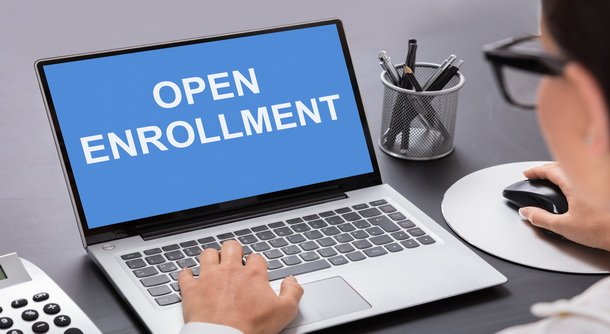5 Things Clients Should Do After Open Enrollment
December 14, 2021

Even as this post is being written, open enrollment for 2022 is winding down. Insurance brokers and their clients are scrambling to make sure every eligible employee is enrolled in the right plan. Simply put, this is crunch time for brokers. But what happens when the new year rolls around? What do brokers do after open enrollment ends?
The turn of the calendar doesn’t mean open enrollment challenges are suddenly a thing of the past. In reality, January is an important month for brokers inasmuch as the best in the business know enough to follow up with their clients. They also know to encourage their clients to do the following five things:
Though there are exceptions to the rule, most modern benefits packages are accessed and managed by employees via online accounts. Where this is a new concept, some employees may have a challenging time with onboarding. It’s in the employer's best interest to check up on their workers to determine if any of them need help. As a broker, your job is made a lot easier when employees know how to access their online accounts.
With every new insurance year comes new ID cards. Brokers should encourage their clients to follow up with their workers to ensure ID cards have been received. If new ID cards are not received in a timely manner, there may be something wrong on the administrative end. Either you or the employer can contact the carrier to inquire.
Each new year brings changes to health insurance benefits. Even when employers stick with the same carrier, policy changes are normal from one year to the next. As a result, employers should be distributing appropriate literature to their workers. Brokers should follow up with their clients to make sure literature distribution is taking place. While printed literature is still common, digital distribution ensures all content is effectively shared with all employees in a business.
Next, encourage your clients to follow up with their workers by having them check their pay stubs. Employees should be confident that the correct amount is being deducted for their primary health insurance, along with any additional plans (dental, vision, etc.) they have enrolled in.
Withholding mistakes are generally dealt with more easily the earlier they are identified. Moving forward, workers should know what to expect in terms of withholding. They can be encouraged to take a good look at their pay stubs to ensure everything is accurate.
Finally, encourage your clients to start thinking about ways to gather employee feedback. They should actually be planning to get that feedback. Why? Because it will go a long way toward deciding what benefits to offer during the next annual enrollment. The more feedback data HR and the benefits team receive, the easier next year’s benefits decisions will be.
One suggestion is to put together a survey that gets distributed to employees once every quarter. Surveys can ask questions about the cost of employee benefits, how often those benefits are accessed, and even individual experiences employees have had with network healthcare providers.
October through December are the busiest months for health insurance brokers. Open enrollment sees to that. But January isn’t the time to put down the shades, lock the door, and escape to the tropics for a month. January is the time to follow up with clients to ensure they and their employees are happy with their benefits. The more effectively you follow up and keep the lines of communication open, the easier the next enrollment period will be.